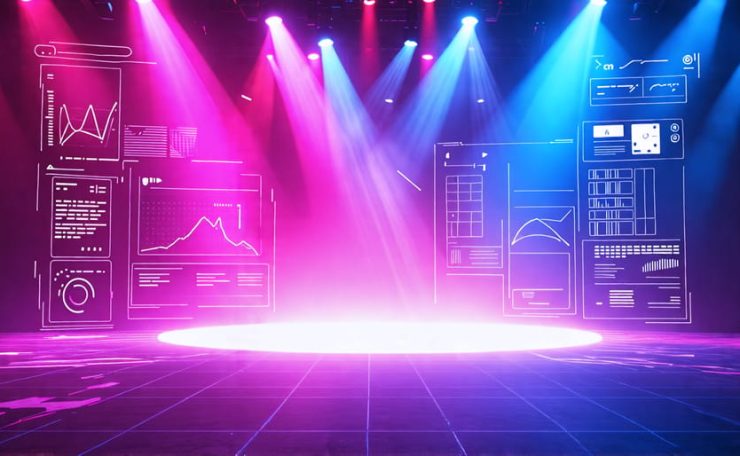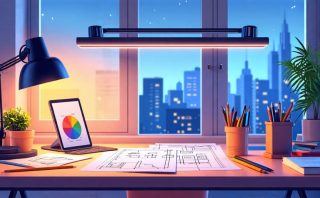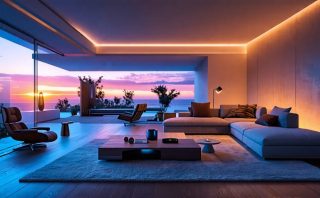Optimize lighting schemes by exploring top-tier lighting design software tailored for theatre, such as Vectorworks and Lightwright. Leverage these tools to effortlessly visualize complex lighting plots and enhance creative storytelling across productions. Simplify collaboration with production teams by using cloud-based platforms for real-time adjustments and seamless communication. Stay competitive by integrating augmented reality features within your design process, enabling a more interactive and immersive planning experience.
The Role of Software in Modern Lighting Design
Advantages in Accuracy and Creativity
Lighting design software revolutionizes the way theatre productions bring stories to life, offering precision in lighting effects and unparalleled creative freedom. With these tools, designers can meticulously plan and simulate lighting setups, ensuring every beam and shadow enhances the narrative. The software allows exacting control over light intensity, color, and positioning, eliminating guesswork and enabling designers to create stunning effects with confidence. This precision translates into cost savings and efficiency during productions, minimizing trial and error during installations. Additionally, the creative possibilities are vast, offering designers virtual canvases to explore innovative lighting scenes that push artistic boundaries. These platforms often feature 3D modeling, which helps visualize complex lighting interactions with stage layouts, scenery, and performers, further enhancing creative decision-making. For industry professionals, the strategic use of lighting design software is a vital tool to inspire audiences and ensure that every performance is a visual success.
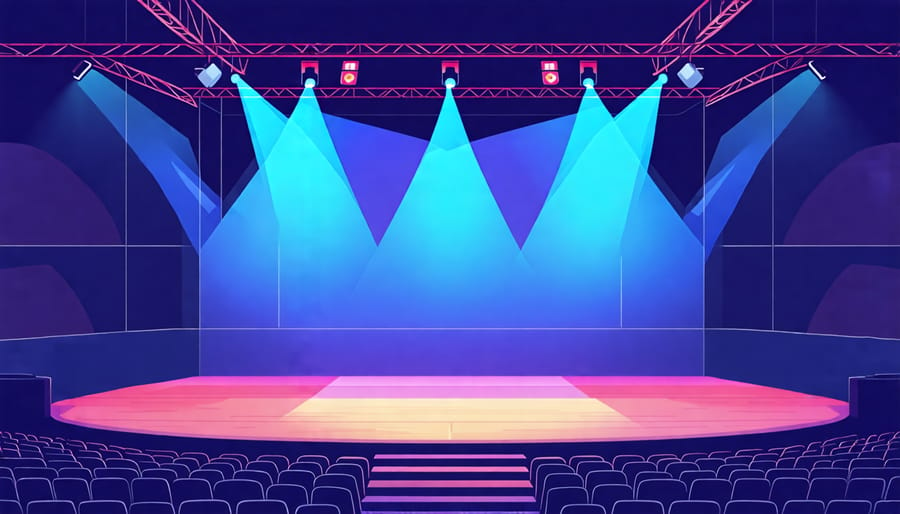
Streamlining Communication
Lighting design software revolutionizes how theatre production teams communicate, ensuring seamless collaboration across departments. By providing a shared digital platform, it enables lighting designers, directors, and technicians to visualize and refine concepts in real-time, fostering a harmonious exchange of creative ideas. This software allows precise simulations and mockups, reducing misunderstandings and aligning the team on the lighting vision. Integrated features like shared annotations and updates ensure everyone remains informed of changes, much like a digital storyboard, contributing to efficient and cohesive rehearsals. As a result, productions benefit from streamlined workflows, minimizing delays while maximizing creative potential.
Top Lighting Design Software for Theatre
Vectorworks Spotlight
Vectorworks Spotlight is a leading lighting design software specifically tailored for theatre production, offering a comprehensive suite of tools that help designers visualize and execute intricate stage plans. Renowned for its versatility, the software allows users to integrate seamlessly with other design elements, making it an integral part of theatrical production planning. Among its standout features is the ability to create detailed 2D and 3D renderings, enabling detailed lighting plans that ensure every nuanced detail is captured in design visualization. It supports complex rigging calculations and enables users to coordinate across departments, fostering a collaborative environment essential for dynamic theatre productions. The software’s flexibility extends to customization, allowing for personalized design workflows that cater to specific project demands, whether for an intimate playhouse setting or a large-scale production. By incorporating smart lighting techniques, Vectorworks Spotlight enhances the efficiency and accuracy of design processes, ensuring productions are not only imaginative but also technically optimized. Its robust feature set and user-friendly interface make it a preferred choice among industry professionals seeking to elevate their lighting design capabilities.
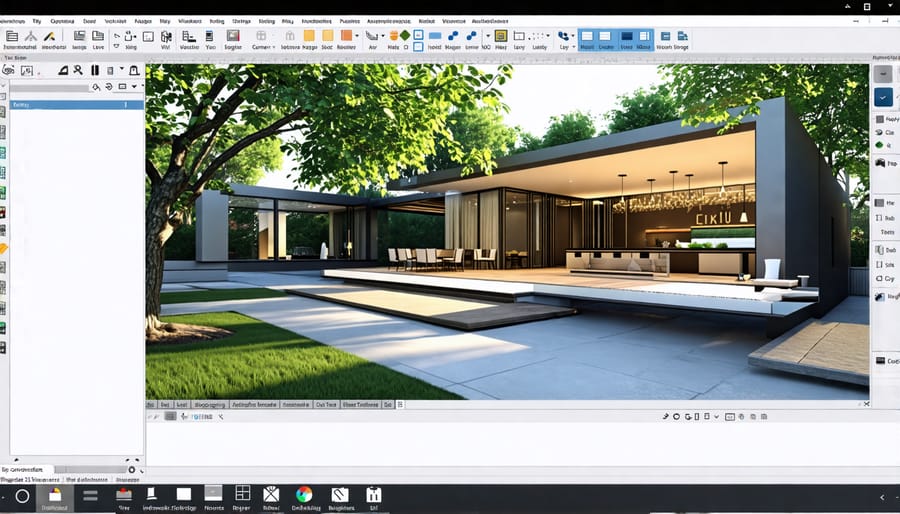
ETC Eos Family
The ETC Eos Family offers a robust suite of lighting design software that excels in providing expert lighting control for theatre professionals. Known for its intuitive user interface and unparalleled flexibility, this software caters to a diverse range of creative needs, from simple setups to complex, large-scale productions. Its powerful color controls and advanced effects engine allow precise manipulation of light to create captivating visual experiences. Additionally, the Eos Family supports seamless integration with other lighting systems, enhancing operational efficiency and enabling coordinated show control. The personalized consultation services offered by ETC ensure that users receive tailored solutions, optimizing the software for their specific requirements. With a user-friendly approach combined with high-level functionality, the ETC Eos Family stands out as a leading choice for lighting designers seeking both reliability and innovation in their craft. Whether you’re a seasoned professional or a newcomer to lighting design, this software equips you with the tools to transform your creative vision into reality.
QLab
QLab is a versatile tool that significantly enhances both lighting and sound integration in theatre productions. Known for its intuitive interface, QLab allows designers to seamlessly synchronize lighting cues with audio elements, creating a cohesive and dynamic performance environment. This software enables precise timing and control, essential for achieving desired atmospheres on stage. By accommodating intricate designs through customizable cue sequences, it simplifies the implementation of complex lighting effects. Furthermore, QLab’s flexibility supports diverse venue requirements, from intimate theaters to large commercial spaces. Its adaptability makes it an invaluable asset for event planners and designers aiming to deliver high-quality, immersive theatrical experiences.
Integrating Lighting Software into Theatre Productions
Training and Development
Proper training and ongoing professional development are vital to harnessing the full potential of lighting design software in theatre. For homeowners, interior designers, architects, and event planners, understanding the intricacies of these tools ensures efficient and creative lighting solutions that enhance any space or event. Training programs not only introduce essential features but also provide insights into advanced techniques, ensuring users can adapt designs for dynamic theatrical environments. Engaging in regular workshops and tutorials keeps professionals updated with the latest software updates and innovative practices, allowing them to stay ahead in a rapidly evolving industry. Investing time in understanding these tools allows users to execute designs with precision, ultimately saving time and resources during production. Additionally, personalized consultation sessions offer tailored guidance, addressing specific challenges and optimizing workflow. Emphasizing professional development empowers users to transform creative visions into reality, maximizing the impact of their lighting installations and bolstering the visual storytelling crucial to theatre production.
Overcoming Common Challenges
Integrating new lighting design software for theatre can present a range of challenges, but with strategic approaches, they are certainly surmountable. Initially, there might be resistance to change from technicians and designers accustomed to traditional methods. To alleviate this, offer comprehensive training sessions and workshops, which not only familiarize users with new features but also highlight the software’s advantages in enhancing creative expression and efficiency. Compatibility issues with existing equipment and systems can also occur. Conducting a thorough assessment of current resources and opting for software that integrates seamlessly is vital. Additionally, performance consistency is crucial. Therefore, initiate small-scale trials to ensure the software’s reliability in a staged setting before full deployment. Finally, cost considerations may deter adoption. Emphasize long-term benefits such as time savings and improved production quality, which often outweigh initial expenses. By tackling these hurdles proactively, transition can lead to significant advancements in theater lighting design.
Future Trends in Lighting Design Software
Emergence of AI and Automation
The emergence of AI and automation is set to revolutionize lighting design software for theatre, offering unprecedented creativity and efficiency. With AI-powered tools, designers can now simulate and optimize lighting setups with incredible accuracy, reducing time spent on trial and error. Automation can handle repetitive tasks, allowing lighting designers to focus on creative aspects. These advancements are not just about enhancing productivity; they also open doors to more innovative lighting designs that were previously unimaginable. Intelligent algorithms can analyze past performances, adjust to real-time demands, and suggest improvements, making the design process more data-driven and efficient. For theatre productions, this means a more immersive and dynamic audience experience. As AI continues to evolve, it is essential for designers to integrate these technologies into their workflows, ensuring they stay ahead in the highly competitive world of theatrical lighting. Embracing this technological evolution will undoubtedly lead to smarter, more effective lighting solutions that captivate and engage audiences like never before.
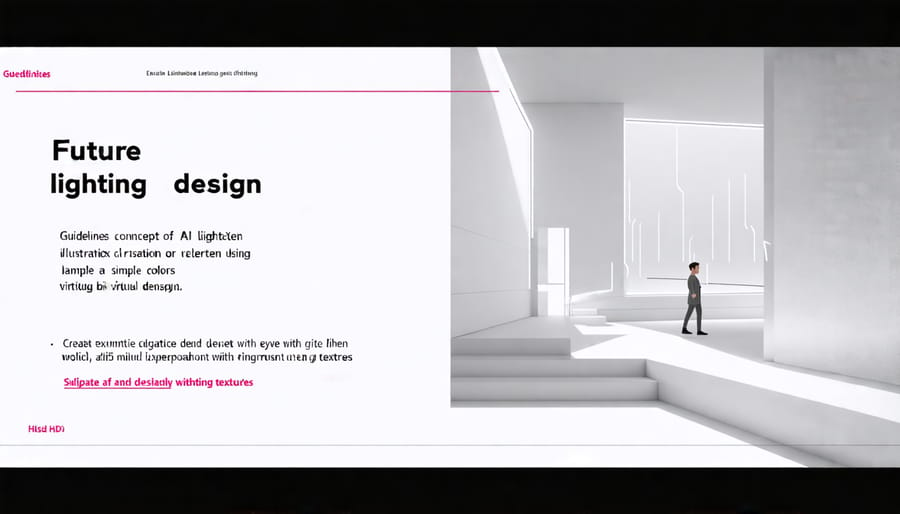
Virtual and Augmented Reality
Virtual and augmented reality (VR and AR) are transforming lighting design in theatre by offering immersive visualization tools. VR enables lighting designers to “walk through” a virtual theatre space, experimenting with lighting placements and effects in a 3D environment before actual implementation. This approach minimizes trial-and-error, saving time and costs. AR, on the other hand, overlays digital lighting simulations onto real-world settings, allowing designers to see potential configurations live, enhancing accuracy and creativity. Together, VR and AR provide a groundbreaking, cost-effective means to innovate lighting strategies, optimizing both aesthetics and functionality in theatrical productions.
Conclusion
The transformative power of lighting design software in theatre cannot be overstated. By providing unparalleled precision and creativity, these tools have become indispensable for designers aiming to enhance the visual narrative of theatrical productions. The integration of software solutions has bridged the gap between artistic vision and technical execution, enabling designers to experiment with AI’s role in creating more dynamic and responsive lighting arrangements.
Embracing these technological advancements is essential for anyone invested in producing high-impact theatrical experiences, from homeowners crafting intimate lighting setups to commercial business owners staging complex productions. Lighting design software allows for detailed pre-visualization, ensuring that every light and shadow is meticulously planned to serve the narrative purposefully. Moreover, the adoption of these tools aligns with the broader lighting industry evolution, where innovation is a constant driver of enhanced aesthetic and functional outcomes.
For interior designers and architects, integrating these software solutions into their workflow facilitates a harmonious interaction between lighting and architectural elements, ensuring that each space is both aesthetically pleasing and functional. Event planners can also benefit by guaranteeing consistent and immersive atmospheres in various venues, ultimately enhancing guest experience and engagement. By leveraging these advanced tools, you can transform your approach to lighting, ensuring your projects are future-ready and impactful.
In conclusion, lighting design software is not just an optional tool but a crucial component in delivering compelling and unforgettable theatre experiences. As we continue to push the boundaries of what is possible through technology, embracing such innovations will distinguish your projects from the rest, providing audiences with more memorable and immersive experiences. Adopting this technology is a step toward realizing the full potential of lighting in storytelling and space transformation.

